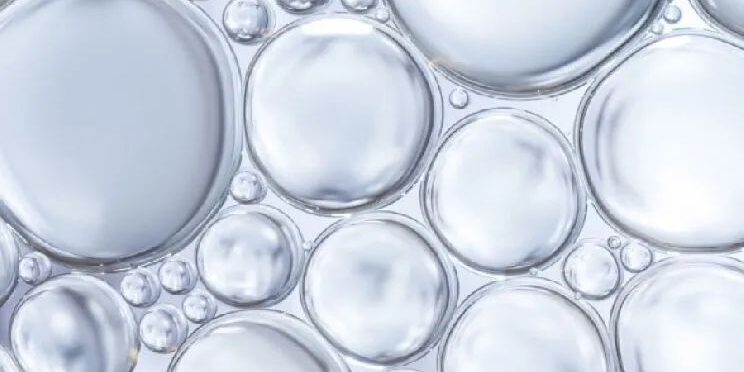Defoaming agent testing common sense
Routine testing methods for defoaming agents
1. Spray test: Spray bubble solution to create bubbles, and then add defoaming agent to measure the defoaming effect based on the defoaming time.
2. Shaking test: Add the defoaming agent to the bubble solution, shake it by hand, observe at intervals, and record the defoaming time.
3. Circulation pump test: Place the bubble solution in a closed loop to circulate, add defoaming agent for stirring, and measure the foam height.
4. Density meter measurement: first measure the density of the solution, then add the solution and defoaming agent to mix, test the mixed density, and calculate the density difference.
Detection method for emulsion defoamer
Appearance: Take 20ml~50ml sample and put it into a 100ml beaker. Through visual inspection, if the color is white or slightly yellow, it is qualified.
PH value: Use precision PH test paper to measure, directly use PH test paper to measure the PH value of the emulsion itself.
Solid content determination: Measure the moisture content in the defoamer according to GB/T6284 General method for determination of moisture content in chemical products. Deducting the moisture content is the solid content of the defoamer product. Use an analytical balance to weigh the weight of the weighing bottle as M1, add 2 to 3 grams of defoaming agent sample and the weight is M2, place it in a constant temperature drying oven, bake at a constant temperature of 105°C for 1.5 to 2 hours until the weight is constant and weigh. The weight is M3, that is, the solid content is [(M3-M1)/(M2-M1)]×100%.
Defoaming time: Use a 100ml measuring cylinder with a stopper to take (50±0.5) ml of 1.0% nonylphenol polyoxyethylene ether (industrial grade), keep the temperature at (25±1)°C, and add about 0.2g (accurate to 0.001g) ) sample, cap the bottle stopper, shake the measuring cylinder up and down 10 times at a frequency of 2 times/second and a swing of (30~35) cm, stop and start timing, record the time it takes for the foam to disappear until the liquid surface appears, and the defoaming is obtained time.
Stability: (Centrifuge Model 800)
Measure 8 ml of the sample into two 10 ml centrifuge test tubes, put them symmetrically into the centrifuge, and rotate continuously at 3000 rpm for 15 minutes. If the test tubes are visually inspected and there is no stratification, they are considered qualified.
Defoaming principle
Foam is a dispersion system in which gas is dispersed in liquid. The gas is the dispersed phase and the liquid is the dispersion medium. Since the gas is insoluble in the surfactant, it forms a stable state. After the bubbles are formed, due to the interaction between the molecules of the foaming system, the hydrophilic and hydrophobic groups are adsorbed by the bubble wall and form a regular arrangement. The hydrophilic groups face the water phase and the hydrophobic groups face inside the bubbles, thus forming an elastic film on the bubble interface. , its stability is very strong and not easy to break under normal conditions. At the same time, foam is a thermodynamically unstable system. Under the action of gravity, the liquid film is continuously flowing downward, evaporating, and rupturing, as well as the processes of drainage and penetration between the foam liquid films.
The reasons for defoaming are mainly divided into two aspects: 1) defoamer molecules that are easy to spread and adsorb replace the foaming agent molecules, forming a film with poor strength; 2) defoamer molecules take away adjacent surfaces during the spreading process Part of the solution in the layer makes the foam liquid film thinner, reduces the stability of the foam, and is easy to be destroyed.
From the above we can know that in order for the defoaming agent to work, it must first penetrate into the double-layer membrane of the bubble film, and its penetration ability can be expressed by the penetration coefficient E. The defoaming agent needs to spread quickly after penetration, and its spreading ability can be expressed by the spreading coefficient S, where: γF is the surface tension of the foam medium; γDF is the surface tension of the defoaming agent; γD is the relationship between the foam medium and the defoaming agent of interfacial tension. When E>0, the defoaming agent can penetrate into the foam; when E<0, the defoaming agent cannot penetrate into the foam; when S>0, the defoaming agent can expand on the liquid film surface; when S<0 , the defoaming agent cannot expand on the liquid film surface. Therefore, the defoaming agent has a defoaming effect only when E>0 and S>0.







